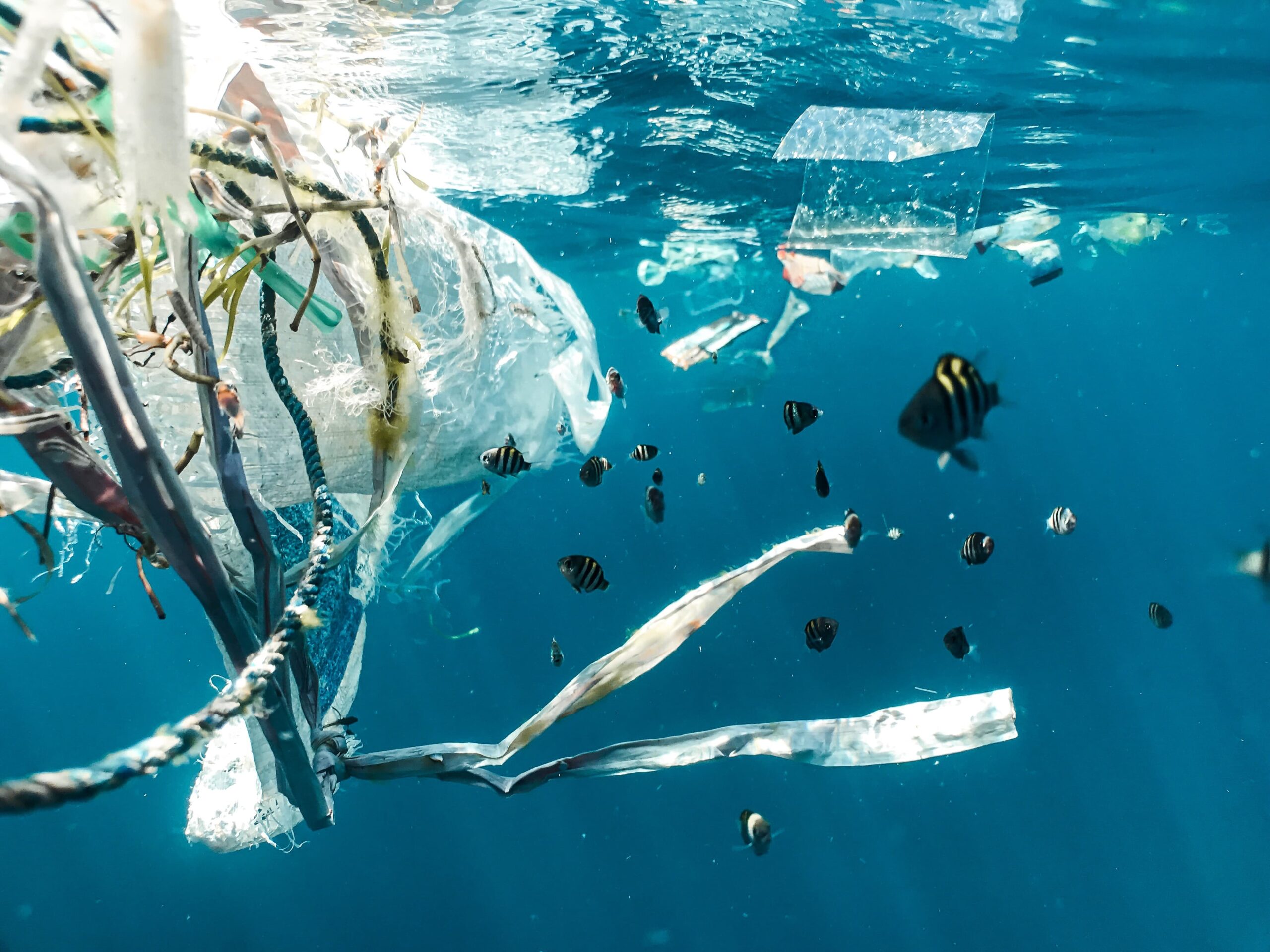
Our oceans provide essential and valuable resources such as food, energy, and water. It also serves as a home for a variety of marine species. The ocean is the main way of international trade and the main stabilizer of climate change through the carbon cycle. As a result, man made factors like plastic pollution that alter marine ecology can have a big global impact.
Marine animals in the ocean are currently succumbing to the poison of non-biodegradable waste, with plastics making up the largest percentage.
Of all the litter in the ocean, plastic waste which makes up nearly 90% of all marine litter is the most lethal.
How does plastic waste affect marine life?
Although it is impossible to determine the precise number, it has been estimated that 100,000 marine animals per year die as a result of plastic pollution. Most species have been known to consume plastic or become tangled in it.
Plastic ingestion or entanglement are the most common causes of death for marine life in the ocean.
Why do marine animals eat plastic?
It is estimated that over half of the whales, dolphins, and other species have ingested plastic, but to understand why, we need to see the world as they do.
A plastic bag filled with water may look a lot like a squid, a jellyfish, or other kinds of prey to the animals that hunt them. Even species that do not identify prey by sight are not safe. Many species of dolphins use echolocation to find their prey.
Scientists believe that man-made objects such as plastic waste confuse predators who rely on echolocation to hunt and are incorrectly interpreted as food.
Why do marine animals get entangled in plastic?
The other way that plastic waste affects marine animals is through entanglement. One of the worst offenders is abandoned fishing gear (Ghost Gear).
An estimated 640,000 tonnes of the 8 million tonnes of plastic that enters the ocean every year is called ghost fishing equipment.
Some marine animals can’t breathe underwater, and the most common way that entanglement kills is through drowning. Even if the animals are able to move while entangled, the situation that those animals are in isn’t good either.
In this situation, some animals have been observed with plastic waste wrapped tightly around them. If the plastic isn’t removed, it can cut deeply into their skin, leaving the animals open to the risk of deadly infections.
The Problem with Microplastics
It is crucial to understand that not just the bigger pieces of plastic that are readily noticeable are harming marine life.
Even if all of the pieces of plastic were cleaned up out of the water, we would still have to deal with the dangers of microplastics that were unable to be removed because of their small size. These particles are made from non-degradable plastic that is less than 5 mm long and will not dissolve in water.
When animals carry microplastics in their bodies, they can contaminate the food chain. When the affected animals are eaten, those microplastics are also ingested. Microplastics can pass across the food chain since animals eat one another.
The Negative Effects on Human Health
Many plastics require chemical additives or coatings that can leach out harmful substances. These chemicals can be harmful not only to the environment but also to human health.
According to the Plastic Health Coalition and an article on frontiersin, Several instances of how chemical additives and microplastics may harm human health include:
- Oxidative Stress
- Disruption of Immunity
- Metabolism Alteration
- DNA Damage
- Inflammation
- Cytotoxicity
- Neurotoxicity
- Damage to Human Cells (including allergic reaction and cell death)
How can we solve this plastic waste problem?
Although we won’t be able to resolve this problem completely, we can minimize the damage that plastics do to the environment. Here are 6 ways you may contribute.
- Recycling whenever you can
- Use a reusable bottle or cup instead of a disposable alternative
- Pack your food in reusable containers and bring your own takeaway food carrier
- Go for Dine-In instead if you are able to do so
- Use biodegradable products instead of single-use plastics
- Participate in beach cleanup activities
1. Recycling whenever you can
Recycling materials helps protect the environment because it reduces the amount of trash that ends up in landfills and incinerators.
We can cut manufacturing and energy expenses as well as the damaging effects that material extraction and processing have on the environment by recycling plastic trash.
2. Use a reusable bottle or cup instead of a disposable alternative
Use a reusable bottle or cup instead, as they are good for the environment in all the ways that disposable ones are not. They take less oil to produce, replace all the plastics that you would have used, and thereby reduce both your carbon footprint and the plastic burden on landfills, oceans, and other places that plastic waste ends up.
3. Pack your food in reusable containers and bring your own takeaway food carrier
One of the main sources of garbage is food packaging. Single-use plastics will degrade into microplastics that will end up in the oceans. Reusable containers and your own takeaway carrier would replace all of the plastics we would have used and lessen the environmental load.
4. Go for dine-in instead if you are able to do so
Getting takeout is certainly convenient, but it also adds to the amount of plastic waste that pollutes the environment. So why not eat at a restaurant instead?
You can use metal or ceramic flatware while dining in a restaurant, and both items can be cleaned and used again for consecutive meals.
By lowering the amount of garbage sent to landfills and the ocean, they not only offer a better eating experience but also protect the environment and marine life.
5. Use biodegradable materials instead of single-time use plastics
Biodegradable plastics are a better alternative, as they can be decomposed by microbes into water, carbon dioxide and biomass within 18 to 36 months, whereas traditional plastics can take up to 1000 years to degrade.
6. Participate in beach cleanup activities
Beach cleaning events are a great way for individuals to get involved in environmental protection since they make the beach a safer, cleaner place for visitors while also removing hazardous debris for marine life.
Organizing a beach clean-up with family, friends or coworkers is a fantastic way to learn about how widespread the issue of ocean trash is.
Simply getting rid of the trash prevents it from entering the ocean again, which benefits the environment of the coast and the ocean.
Conclusion
We have benefited from the marine ecosystem tremendously as it provides us with food, medicine, minerals, and renewable energy. Now it is in danger. Let’s safeguard the ocean by doing our part today in reducing plastic waste.






























